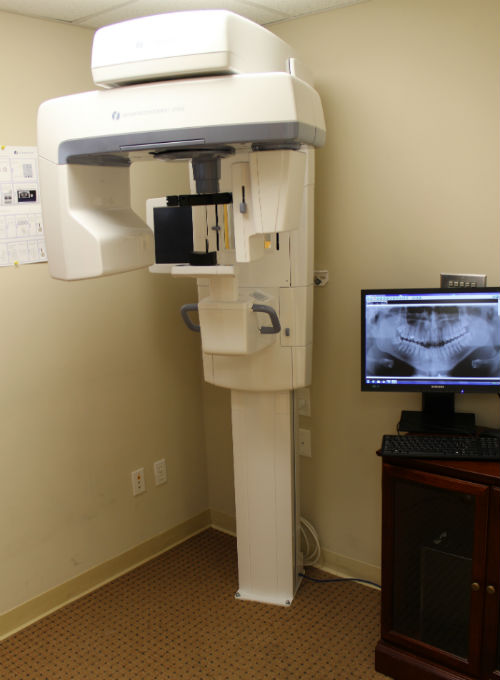

Similarly, different types of material that overlap may also be depicted in green. Zinc alloys may, for example, appear green, as in Image 3. But there are some exceptions to the rule if, for example, a composition is not 100% clear, such as in the case of a mixture. Organic materials are depicted in orange shades and metals in blue, while inorganic and mixed materials appear in green. Image 2: Coloured X-ray image of a suitcase A specific colour is then applied to each different atomic composition (see Image 2). It enables the machine to analyse the atomic composition of the various materials present. In order to obtain coloured X-ray images, dual-energy imaging technology (high and low energy beams) is required. Machines used for the detection of items show objects in different colours to facilitate the recognition of items. This is actually how all people usually conceptualize X-ray images, as they tend to think of the black and white X-ray images they saw at their doctor’s office. Officers tasked with image analysis and interpretation of X-ray images should acquire a certain knowledge of the basics of X-ray systems in so far as an understanding of these fundamental elements facilitates the X-ray screening task and ultimately enhances detection performance.įirst of all, it is important to know that an X-ray image is genuinely black and white. The basics of X-ray systems: colours and density Vehicle inspection requires bigger and more powerful X-ray machines which are high-energy systems whose X-ray doses are about one order of magnitude higher than conventional X-rays. Conventional X-ray machines are smaller and less powerful X-ray systems, primarily used for airport and cargo screening. They are usually classified as conventional or high energy, depending on the doses of X-rays applied. Image 1: Overview of an X-ray systemĭifferent types of X-ray machines exist on the market. The X-rays generated in the tube are then directed towards the object to be examined, producing an image (see Image 1). Today’s X-ray systems produce a stream of electromagnetic radiation that interacts with an anode in an X-ray tube within the X-ray machine itself.

Equipment was then developed to enable the non-intrusive inspection of vehicles, containers and trains. The implementation of X-ray machines to support security screening was introduced approximately 50 years ago to accelerate the process of baggage inspection.


 0 kommentar(er)
0 kommentar(er)
